Taina Tossavainen

The Ansel Project explores how design thinking and research-driven innovation can be harnessed to advance sustainable development within the cultural sector. By integrating low-latency technologies, promoting inclusive digital services, and emphasizing user-centered design, the project aims to demonstrate how sustainability can become an intuitive part of everyday life. This essay examines how Ansel’s development plan addresses not only environmental objectives but also promotes social equity and cultural accessibility—laying the foundation for long-term, systemic change.
Jatka lukemista ”Enhancing cultural accessibility in the north through ANSEL”


